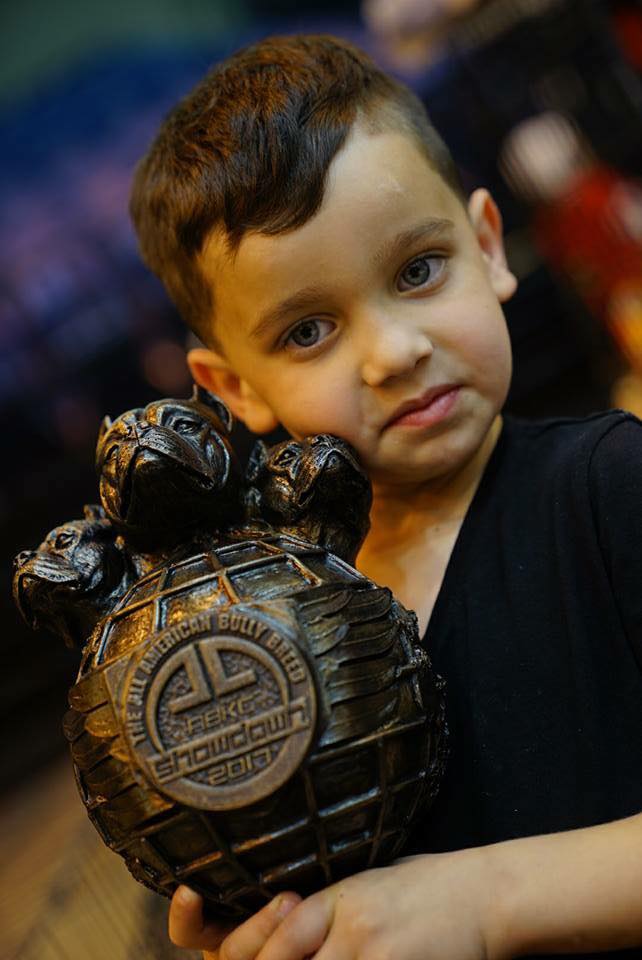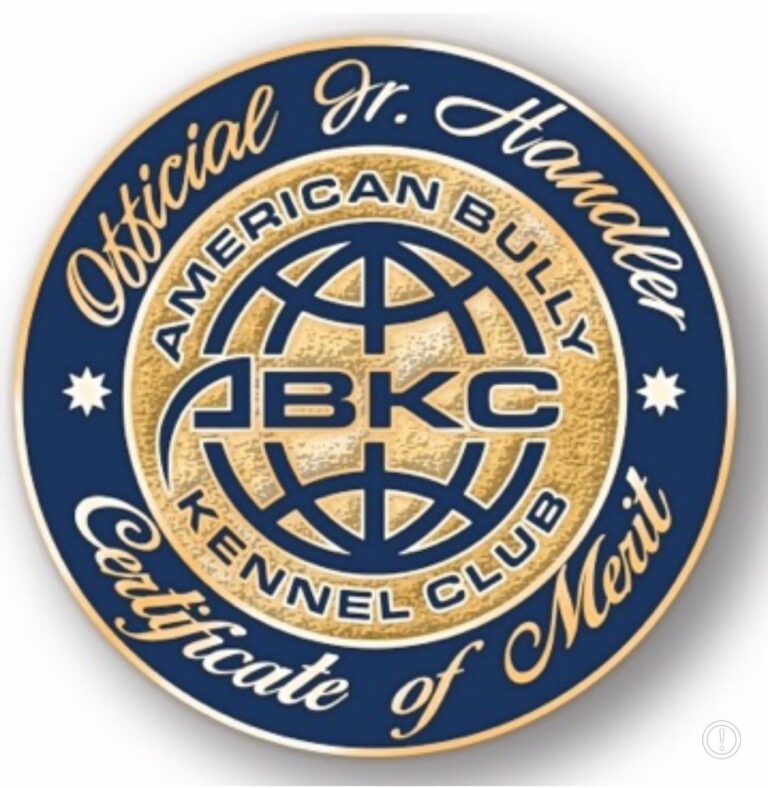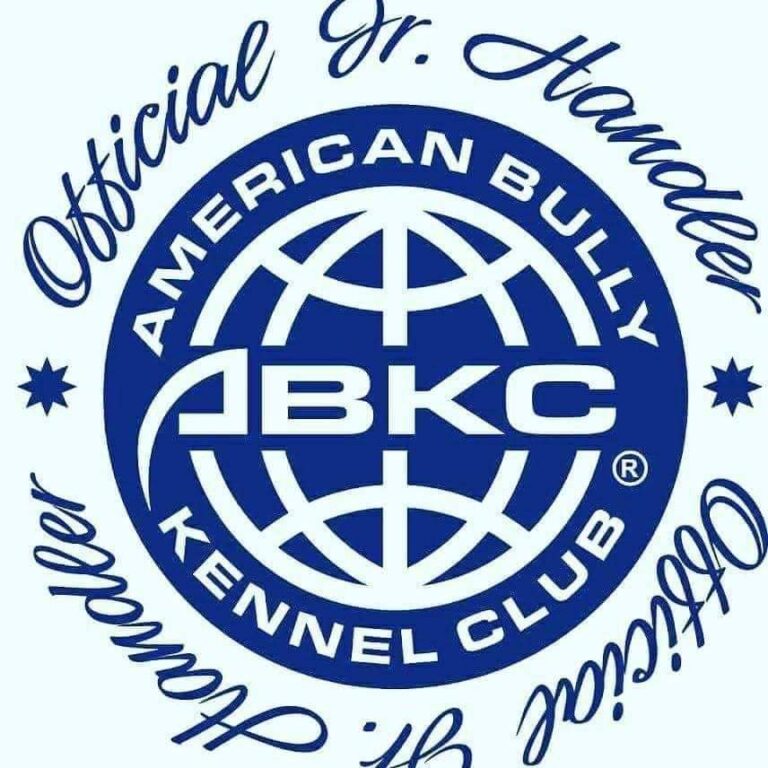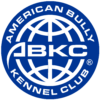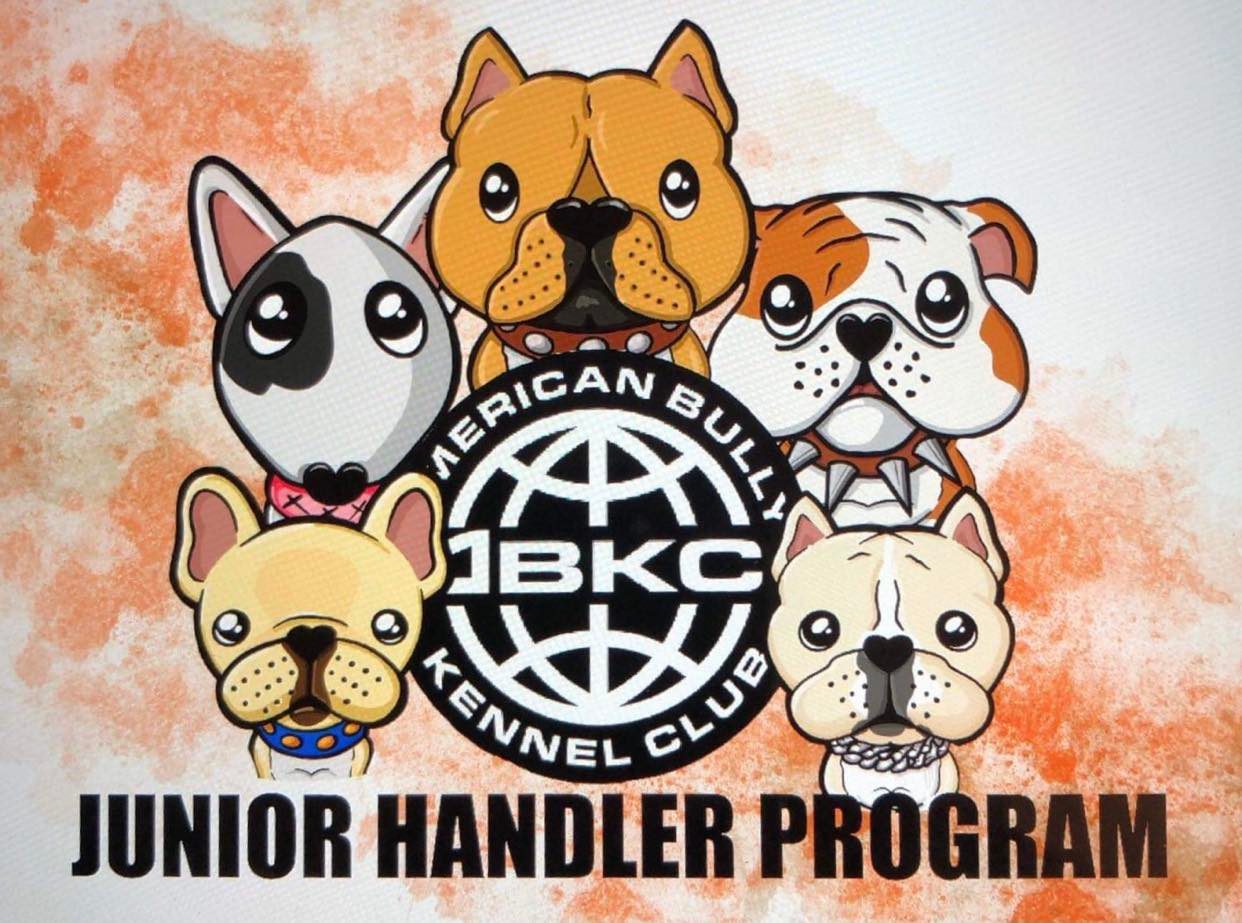
Basic Rules
Exam
Mentors
Basic Rules
Here are the basic rules regarding the Certificate of Merit Exam. We want to give our Juniors the tools to help them succeed in this endeavor! Again, if you have any questions or need help, please contact us!
- The Evaluator may NOT evaluate any family member.
- The Evaluator will be professional at all times, being helpful and encouraging in order to help the Jr succeed. The Evaluator will be clear and explain each exercise.
- The ONLY collars allowed during the exam are a flat collar or choke chain. No body harnesses.
- NO RETRACTABLE LEASHES ARE ALLOWED. We suggest that the leash is short enough for the Jr Handler to easily work their dog.
- NO BAIT, OF ANY KIND, WILL BE ALLOWED DURING THE EXAM.
- There is no age restriction to take the exam, for ANY Jr, but we strongly suggest that they be old enough to understand what the Evaluator is asking of them and that they be able to control their dog. No adults are allowed to help during the exam.
- There is no minimum age restriction for the dog being used, however puppies may not be of age to understand all that is being asked of them.
- For the exam, any dog of any age, sex, altered or no are allowed. Please make sure that the dog has taken a potty break prior to the exam.
- This exam is strictly optional for Juniors.
- Once the Jr has completed the exam, the Evaluator will go over the results with each one. Once they have passed the exam in its entirety in one session, they will be awarded the JR HANDLER CERTIFICATE OF MERIT PIN. The pins will be mailed out to each participant. If the Jr does not pass, they are welcome to retake the exam again at any available session.
- ANY DOG THAT BITES, ATTEMPTS TO BITE, ATTACKS OR ATTEMPTS TO ATTACK, OR GROWLS WILL BE IMMEDIATELY EXCUSED FROM PARTICIPATING. The safety of our Juniors and Evaluators are our highest priority!
- Each participant MUST BRING one grooming tool that their animal is used to for the section on grooming.
- There is NO fee for this exam and Juniors should be ABKC registered.
- As the Judges and Evaluators may be busy the day of show, we strongly suggest that you make an appointment for the exam with them prior to the available show.
Exam
Exam
- Sit/Stay OR Stand/Stay on Command: This section gets the dog and Handler in sync and ready for the following sections. This also mimics what the Jr Handler and dog are expected to perform in the ring but will help both in everyday situations. This exercise demonstrates that the dog can obey a basic sit/stay or stand/stay command. With the Handler to the side or front of the dog, the Handler gives the dog a sit/stay OR stand/stay command. The dog must sit and stay OR stand and stay and remain in this position until released by the Jr Handler. The dog should be able to remain in this position for 10 seconds. The Handler may talk to the dog throughout the exercise. This test shows the connection between the Handler and their dog and shows that the Jr Handler has control of the dog. It also puts the dog in a working mode to flow into the remainder of the exams.
- Meeting A Friendly Stranger and Allowing to Be Petted: This exercise demonstrates that the dog will allow a friendly stranger to approach and touch it while it is out with its Jr Handler. The dog is to sit and stay OR stand and stay at the handler’s side. The Evaluator will walk up and greet the Jr Handler. The dog is to remain in the sit/stay OR stand/stay position. When asked, the Evaluator will proceed to pet the dog on the head. The dog should show no shyness or aggression. As with all exercises, this section mimics what is expected of a Jr Handler and dog in the ring when the judge is walking up for examination. It is also important at a show venue grounds or out in public for the Jr Handler to have their dog under control. We are allowing the stand/stay for exercises as some of the dogs have never been taught to sit as they are show dogs and do not sit in the ring. We do not want to undermine their training.
- Appearance and Grooming: This practical exercise demonstrates that the dog will allow being groomed and examined and will allow someone, such as a family member, veterinarian, groomer or judge to do so. It also demonstrates the Jr Handler’s care, concern and sense of responsibility. The Evaluator lightly inspects the dog to determine if it is clean and groomed, similar to a ring examination. The dog must appear to be in healthy condition (clean, healthy and alert). The Jr Handler should supply a brush commonly used on the dog. The Evaluator then softly brushes the dog, and in a natural manner, lightly examines the ears and gently picks up a front foot. It is NOT necessary for the dog to hold a specific position during the examination, and the Jr Handler may talk to the dog, praise it and give encouragement throughout. The dog must show no sign of shyness or aggression. This exercise mimics the ring examination with a judge going over the dog and the Jr Handler having control. This is also important when in public.
- Walking the dog through a Crowd: This exercise reinforces that the Jr Handler is in control of the dog in a public situation. The dog may be on either side of the handler. The dog should be responding to the Jr Handler’s movements and changes of direction. The dog need not be perfectly aligned with the Jr Handler and need not sit when the Jr Handler stops. The Evaluator will ask the Jr Handler to go on a forward, short walk past at least 2 people. The dog should remain with the Jr Handler continuing forward with the Jr Handler and not stop or jump on the other people. The Jr Handler may talk to the dog along the way, praise the dog, or give commands in a normal tone of voice. The extra persons are not to make any contact with the Jr Handler or the dog. Once again, this exercise mimics what is expected of the Jr Handler in a show setting, moving from crate to ring. It is also important for the safety of both in public.
- Reaction to Another Dog: This exercise demonstrates that the dog can behave politely around other dogs. One adult handler with a dog and the Jr Handler with their dog should approach one another from a distance of about 20 feet. The adult handler and the Jr Handler should pass one another without contact or aggression. Both adult handler and Jr Handler will keep their dogs on the outside while passing. The dogs should show no more than casual interest in each other. Neither dog should go to the other dog or it’s handler. The Jr Handler may talk, encourage or give commands through the exercise. This exercise mimics what is expected of a Jr Handler in the ring with other dogs and to and from crate to ring. It is also important when they are in public for both their safety.
- Coming When Called: This exercise demonstrates that the dog will come when called by the Jr Handler. The Evaluator will give the Jr Handler at least a 10′ lead. The Jr Handler will place the dog in a sit/stay OR stand/stay position and shall remain there. With the lead still in hand, the Jr Handler will walk 10 feet from the dog, turn to face the dog, and call the dog. The Jr Handler may use conversation or encouragement to get the dog to come. The dog should respond to the command call quickly.
- Dealing with distraction: This final exercise demonstrates that the dog is always confident when faced with common distracting situations. The Evaluator will present a noise distraction. Examples of distractions may include dropping a chair, rolling a crate dolly past the dog or dropping a crutch or cane. The dog may express natural interest and curiosity and/or may appear slightly startled but should not panic, try to run away, show aggressiveness, or bark. The Jr Handler may talk to the dog and encourage or praise it throughout the exercise.
Mentors
Janet Williams – California/Oregon
Juan Carlos Sierra – Medina-Merida, Yucatán
William Ogren – Madrid, Spain
Ryan McCawley – Texas
Cindy McCloskey – San Antonio, Texas
Regina Goins – Michigan
Roberto Guzman – Mexicali, Mexico
Damir Markov- Serbia
Viviana Maione- Naples, Italy
Abel Villarreal- Oregon/Washington
Karyn Myers – Sacramento, California
Lynn Wyza – California
Raffaele Colace – Torre del Grecco
Felix Bentancourt – Guadalajara, Jalisco
Alton Banks – San Antonio, Texas,
Prie Roldan – Jacksonville, Florida
Ross Larios – California
